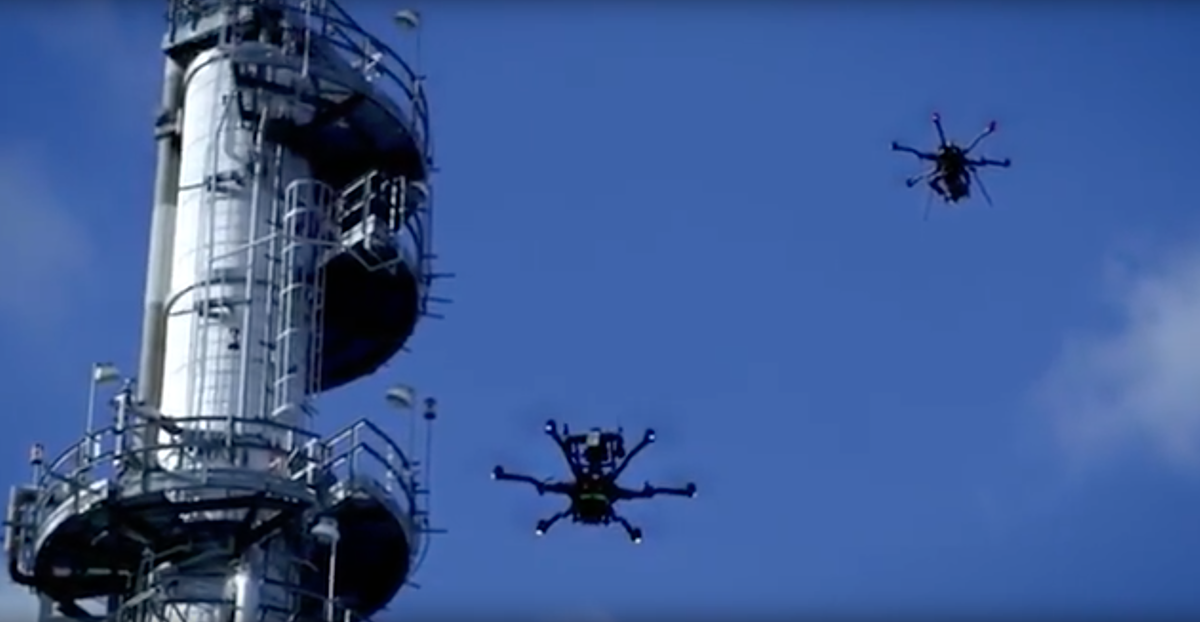We’ve talked about what it can mean to utilize drone technology to perform a given task in a faster, cheaper or safer way, but doing so is almost always in the context of a digitization process that will ultimately enable better decision making. Many people have utilized drones to gather
“You digitize the world by putting all kinds of sensors on the world,” says BP expert Dave Truch in the short video, “Digital disruptors: Robotics”.
We’ve seen drones that can fly and swim as well as sensors that are being utilized from the sky even though they aren’t attached to a drone, and these examples showcase the different approaches that can and are being taken as organizations of all sizes attempt to digitize their world. They’re examples of the digital disruption that BP is actively exploring as they work through what it means to utilize robotic technology in a variety of ways and environments.
It’s an approach that speaks to the importance of recognizing that ultimately, drones are just another tool in the toolkit. Professionals should be considering what it means for them to digitize their worlds, and recognize that flying robots are just one of the tools that can be used to do so.
Watch
















Comments